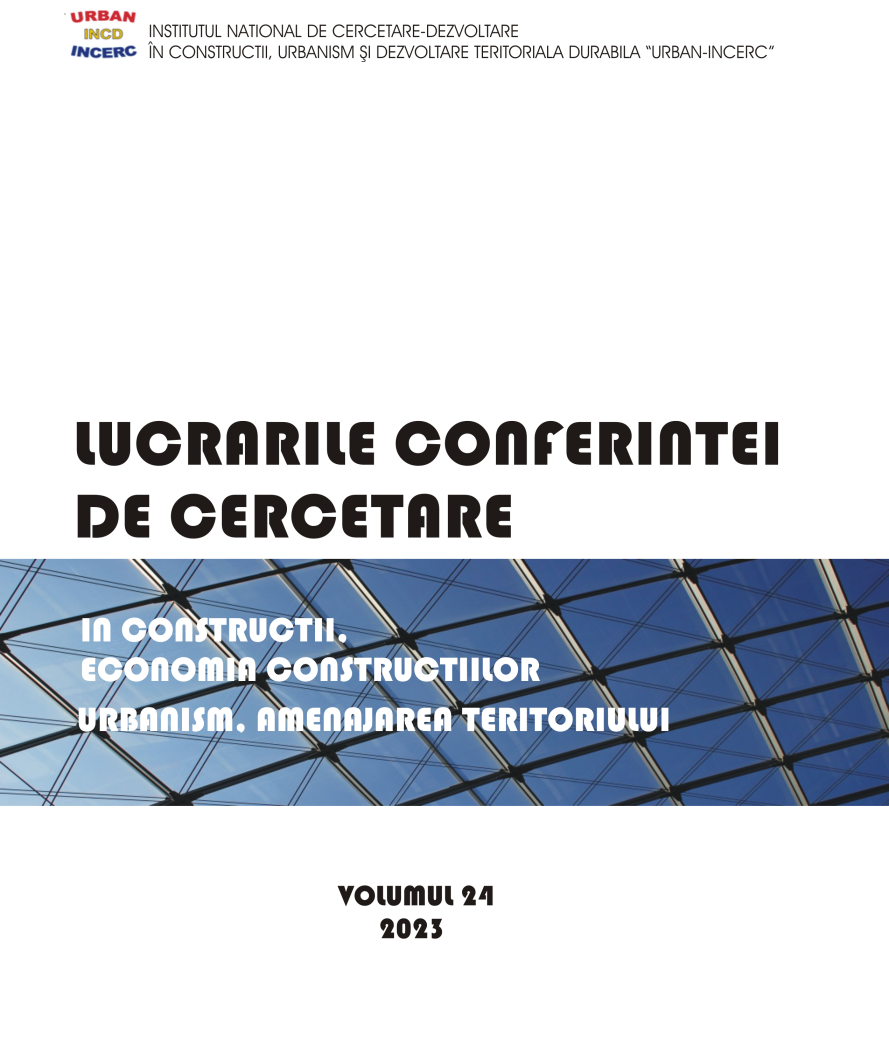Inteligenţa artificială – catalizator al creativităţii în educaţia de arhitectură
Artificial Intelligence – catalyst of creativity in architecture education
Author(s): Marius Voica, Maria Tîlvescu-Nicula, Maria-Cristina Clenciu
Subject(s): Social Sciences, Fine Arts / Performing Arts, Architecture, Higher Education , Pedagogy
Published by: INCD URBAN-INCERC
Keywords: future; evolution; tool; experiment;
Summary/Abstract: A series of observations and consequences debated in this article, which are based on the contemporary issue raised by the artificial intelligence, reflect the pace at which technology progresses, this being verified and confirmed by developing an experiment, within the architectural studio, which proposes to the students to merge the traditional/classical design methods with innovative, expanding ones that target and capture the creative fields in which human beings operate.The subject of limiting or completely eliminating the aggression on the natural environment is a very topical one. Abandoned quarries represent "wounds" in the natural landscape, resulting from the exploitation of the mineral resources. The studio theme for the 5th year`s short project challenges us to imagine possible solutions to heal these "wounds". It proposes imagining a scenario in order to reactivate and revitalize the quarry – whose exploitation process has ceased. In developing the concept, the theme proposes the inclusion of special structures, biomimicry in architecture, but also experimental studies carried out with A.I. tools. The method approached preserved and adapted the classic study practices within an architecture workshop and joined them by accessing new technologies as working and learning tools. The studio organized a study trip where the students had the opportunity to visit the site – the Bididia Quarry and its surroundings. Continuing with the S.W.O.T. analysis, an attempt was made to decode the context of the intervention. The study using the models supported the students in developing a complete and coherent approach in a site with dimensions that are difficult to control/imagine without a direct experience. The studio leading team also encouraged the connection to new tools: listening to A.I. classes and the use of A.I. to stimulate and complement the student's creativity, the use of drones and 3D models obtained by photogrammetry.In order to have as clear a picture as possible and an effective mentor-student dialogue on the process of integrating artificial intelligence as a working tool, the studio gave the students a chance to express themselves by answering a few questions at the end of the exercise. Solving problems and making decisions when assisted by the artificial intelligence has obvious benefits, but it can also raise certain difficulties. In this context, we consider the preparation of the students and, of course, our own - the tutors, in a realistic way for the challenges they/we will encounter. Using A.I. in the exercise of the profession will undoubtedly become a routine, perhaps even a norm. As long as these algorithms - already infiltrated in all structures and at all levels of society - are used within the limits of certain restrictions and, at the same time, the scenario of the independent initiatives is excluded, the new reality imposed by the A.I. should not be seen as a threat, but as a new frontier that is about to open to us.
- Page Range: 29-36
- Page Count: 8
- Publication Year: 2023
- Language: Romanian
- Content File-PDF

